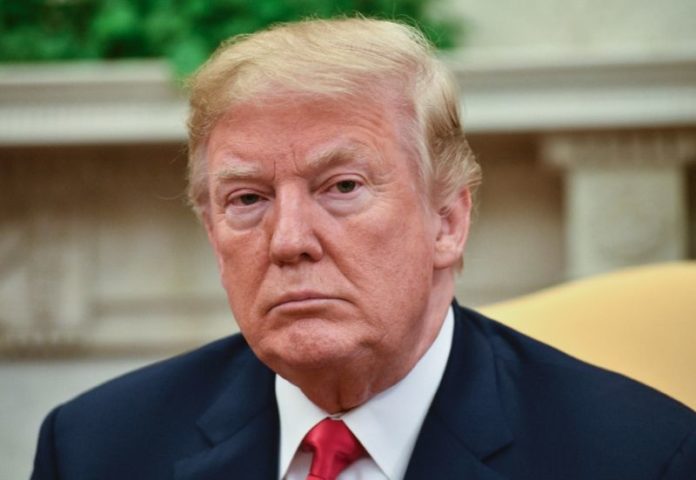WASHINGTON, June 18, 2018 (BSS/AFP) – By inflicting tariffs on the steel and
aluminum of his allies, and then on tens of billions of dollars in goods from
China, US President Donald Trump has quickly moved to fulfill the tough
campaign pledges he made on trade.
During his first year in office, Trump and his top economic aides made
repeated threats and warned that preliminary investigations were launched
into whether certain imports were being unjustly subsidized. But no concrete
steps were taken.
That all changed in March, when the “America First” president went on the
offensive.
“What happened for a period of time is the president was constrained by
different members” of his administration, said Edward Alden, a specialist on
US economic competitiveness at the Council on Foreign Relations.
“But the president has become increasingly confident in his own judgment
on these issues… He is willing to do radical things he promised during his
campaign and for many years before that.”
In its latest move, the White House on Friday announced stiff 25 percent
tariffs on Chinese imports, sparking immediate retaliation from Beijing.
The move, which Trump justified as payback for the theft of American
intellectual property and technology, reignited a trade spat between the
world’s two largest economies, spooking markets and worrying business
leaders.
It came on top of the tariffs on Chinese steel and aluminum that went into
effect in late March — measures that prompted Beijing to slap punitive
duties on 128 US goods, including pork, wine and certain pipes.
Since June 1, steel and aluminum imports from the European Union, Canada
and Mexico have been hit with tariffs of 25 percent and 10 percent,
respectively.
Trump has seemingly opted to go with his gut, sometimes over the
protestations of his closest aides.
On the metal tariffs, he ignored the warnings of then chief economic
advisor Gary Cohn, who was against the move. Cohn has since left the
administration.
And though the US and China reached a “consensus” at high-level trade
talks led by US Treasury Secretary Steven Mnuchin in May, Trump did not
hesitate to trample on it.
China had offered to ramp up purchases of American goods by only $70
billion to help cut the yawning trade imbalance with the United States,
whereas Trump had demanded a $200 billion deficit cut.
When he didn’t get it, he made good on his threat to unleash a raft of
tariffs.
“It is an extremely dangerous and provocative strategy,” says Alden.
– ‘Significant collateral damage’ –
Trump and his most hardline advisors — led by Peter Navarro, who is
openly hostile to China — are convinced that the US will win a trade war.
Their argument: Washington’s trade partners, especially Beijing, have much
more to lose than the United States, given their dependence on selling to the
US market.
On Friday, the unorthodox Republican president reiterated that he is
unafraid of a trade war — for him, the war is already lost when a country
posts a massive trade deficit, so it cannot get worse.
In 2017, the US exported $130.4 billion worth of goods to China, the
world’s second biggest economy. It imported $505.6 billion worth of Chinese
goods, according to Commerce Department statistics.
Eswar Prasad, a China specialist and professor of trade policy at Cornell
University, said that while the overall impact of an open trade war on the
two economies “is likely to be modest, there could be significant damage
inflicted on specific export-oriented firms and industries caught up in the
battle.”
He added that many sectors of the US economy, from agriculture to aircraft
manufacturing, “could suffer significant collateral damage” from a trade war.
This week, the director of the International Monetary Fund, Christine
Lagarde, issued a warning about protectionism.
If there is tit-for-tat retaliation from US trading partners, which they
have threatened, there will be “losers on both sides,” Lagarde told
reporters.
The IMF has said for months that the prospect of a sweeping trade war
could derail global growth, which struggled after the 2008 financial crisis
but is now boosted by the worldwide exchange of goods and services.



